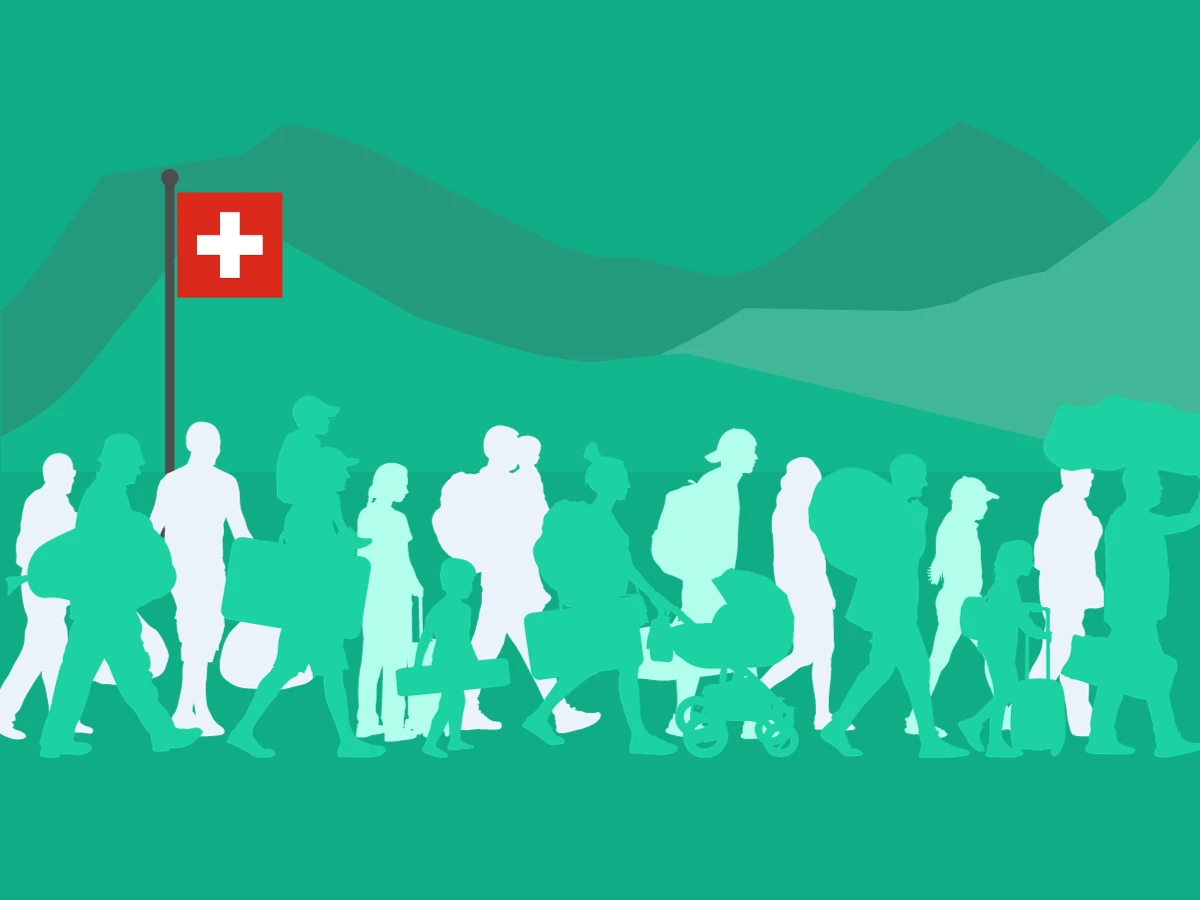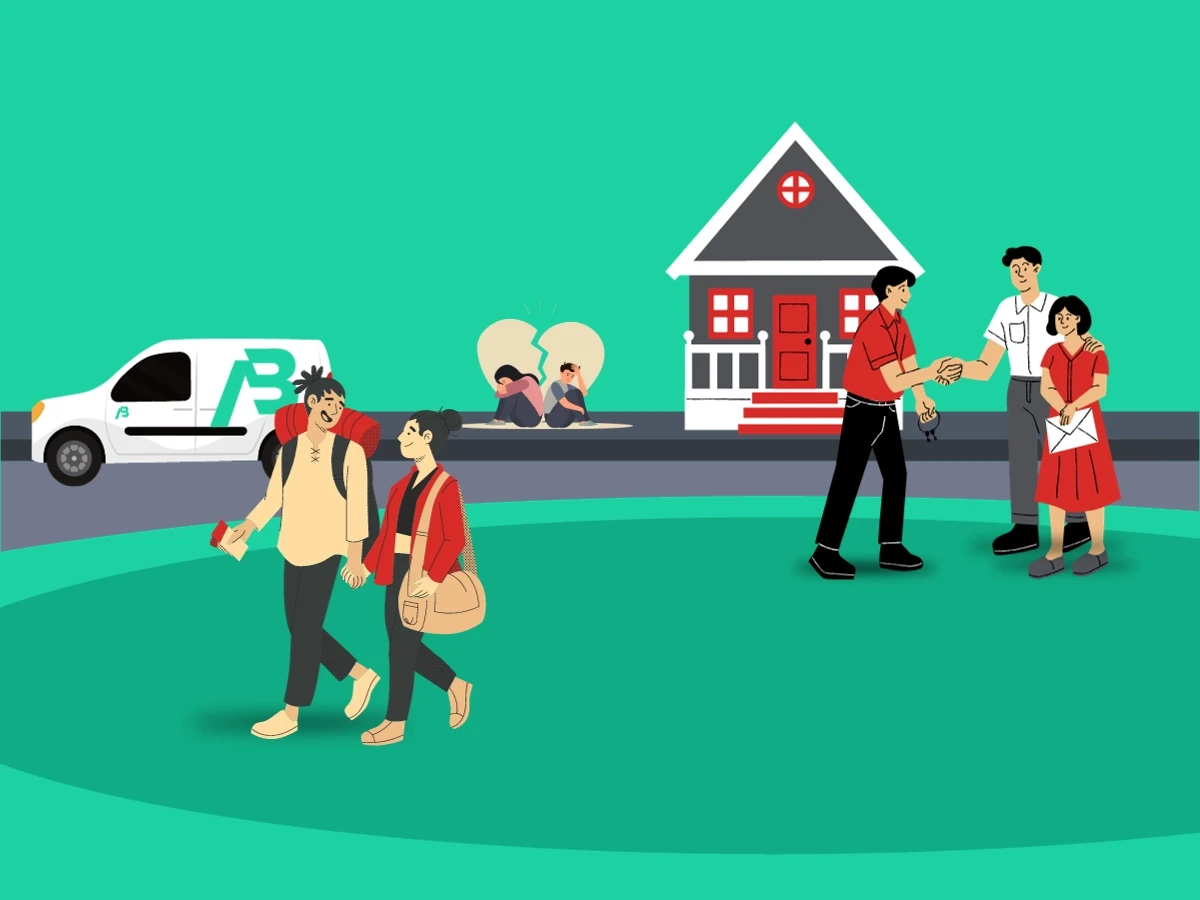Who receives the second pillar benefits in case of death?

Occupational pension, also known as BVG or the second pillar in Switzerland, plays a crucial role in retirement preparation. But what happens to these assets in the event of death?
The search is free and without obligation. The data will not be sold to third parties.
This concerning question deserves special attention, as the answers can have significant implications for your loved ones.
Overview of the second pillar benefits
The occupational pension, or BVG, is one of the three pillars of the Swiss pension system. It aims to enable insured persons to maintain their usual standard of living after retirement. But in the event of death, pension benefits are distributed according to specific rules.
Who are the beneficiaries?
In the event of death, the second pillar benefits are distributed among several potential beneficiaries. These beneficiaries can be classified into four categories, based on their relationship with the deceased insured:
- The surviving spouse or registered partner
- The children
- People who received significant financial support from the insured
- Other legal heirs
Conditions for granting a pension
To receive a survivor's pension from the AVS, several conditions must be met. For example, a widow is entitled to a pension if she has at least one child or, in the absence of children, if she is over 45 years old and was married for at least 5 years.
How are the second pillar benefits distributed?
The distribution of the second pillar benefits in the event of death depends on several factors. Let's examine some of these factors in more detail.
You are married
In the event of death, the second pillar benefits are distributed between the surviving spouse and the children. If the deceased had minor children or children in education, orphan's pensions are paid. If the surviving spouse is over 45 years old and the marriage lasted more than 5 years, a spouse's pension is also paid.
You are in a cohabiting partnership
In the case of a cohabiting partnership, the situation is more complex. The AVS does not pay any pension to the surviving partner. As for the occupational pension, the payment of a benefit to the cohabitant occurs only if the deceased's pension fund's regulations provide for it.
You are divorced
Divorced ex-spouses may be entitled to a widow's/widower's pension under certain conditions. For example, if the marriage lasted more than 10 years and alimony was granted during the divorce.
You are single
For single individuals without a spouse or children, the second pillar benefits are generally paid to the AVS compensation fund and the pension fund.
What can you do to protect your loved ones?
It is important to plan your pension provision in advance to protect your loved ones in the event of death.
Here are some measures you can take:
- Inform yourself about the rules of your pension fund regarding the distribution of benefits in the event of death.
- Write a will to distribute your assets according to your wishes.
- Take out life insurance to guarantee financial support to your loved ones in case of adversity.
In conclusion, in the event of death, the second pillar benefits are distributed among various beneficiaries, according to specific rules. Therefore, it is crucial to address these issues to best protect your loved ones.
Start your search
now

Melvin Plumez
Brevet fédéral de planificateur financier
Économiste d’entreprise HES
Other posts
-

How to manage my 2nd pillar when leaving Switzerland?
12th Jan 2024
-

In which cases can I withdraw my 2nd pillar assets?
22nd Dec 2023
